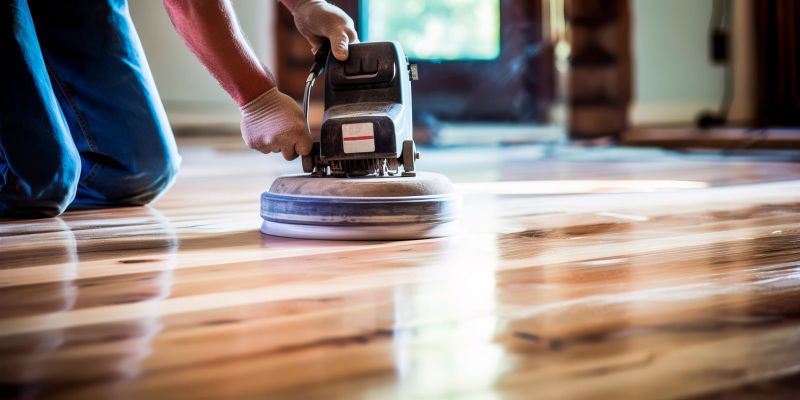Sagging floors not only compromise the aesthetic appeal of your home but also hint at underlying structural issues that demand attention. In this article, we explore the common causes of sagging floors, the potential risks associated with neglecting the issue, and effective solutions to revive your floors and restore the stability of your home.
Understanding the Causes of Sagging Floor
Sagging floors can be attributed to various factors, each with its own set of challenges. Insufficient foundational support, water damage, termite infestations, or structural settlement are common culprits. Understanding the root cause is crucial for implementing the most effective solution tailored to your specific situation.
The Risks of Neglecting Sagging Floors
Ignoring sagging floors can lead to more than just an uneven surface. Over time, structural damage may worsen, affecting the stability of your entire home. Doors and windows may become misaligned, cracks can form in walls, and the integrity of the entire structure may be compromised. Additionally, neglected sagging floors can diminish the resale value of your property. Addressing the issue promptly is essential to prevent further damage and maintain the overall health of your home.
Effective Solutions for Sagging Floors
- Foundation Repair: Sagging floors often result from foundational issues. Solutions may include underpinning, where additional support is provided to the foundation using techniques like helical piers or concrete pilings.
- Crawl Space Repair: If your home has a crawl space, addressing issues within this space, such as moisture control and structural repairs, can contribute to the stability of your floors.
- Floor Leveling: Professional floor leveling services involve the strategic placement of supports to lift and level sagging floors. This can be done using hydraulic jacks or other specialized equipment.
- Joist Reinforcement: Strengthening the floor joists through techniques like sistering – adding additional joists alongside existing ones – can enhance the load-bearing capacity of the floor structure.
- Moisture Control: Addressing moisture issues, such as leaks or high humidity, is crucial. Moisture can weaken the structural components of your home, contributing to sagging floors.
The Importance of Professional Intervention
Sagging floor repairs demand professional expertise. Hiring a qualified contractor ensures a thorough assessment of the underlying issues and the implementation of effective solutions. Professionals can identify the specific causes of sagging floors, recommend the most suitable course of action, and provide lasting results that restore both the functionality and aesthetics of your home.
Preventive Measures for Long-Term Stability
In addition to addressing existing issues, implementing preventive measures is vital for the long-term stability of your floors. Regular inspections, addressing water drainage concerns, and maintaining a stable indoor climate can help prevent sagging floors and other structural issues from occurring.
Cost Considerations and ROI
While addressing sagging floors may come with a cost, it is an investment in the overall well-being of your home. The potential risks and damages associated with neglected sagging floors can far outweigh the initial expense. Moreover, a structurally sound home contributes to its resale value, making it a financially prudent decision in the long run.
Sagging floors are not just a cosmetic concern; they signal potential structural issues that warrant immediate attention. Reviving your floors involves a combination of understanding the root causes, implementing effective solutions, and embracing preventive measures for long-term stability. By addressing sagging floors promptly and professionally, homeowners can ensure a solid foundation for their homes, both functionally and aesthetically.
